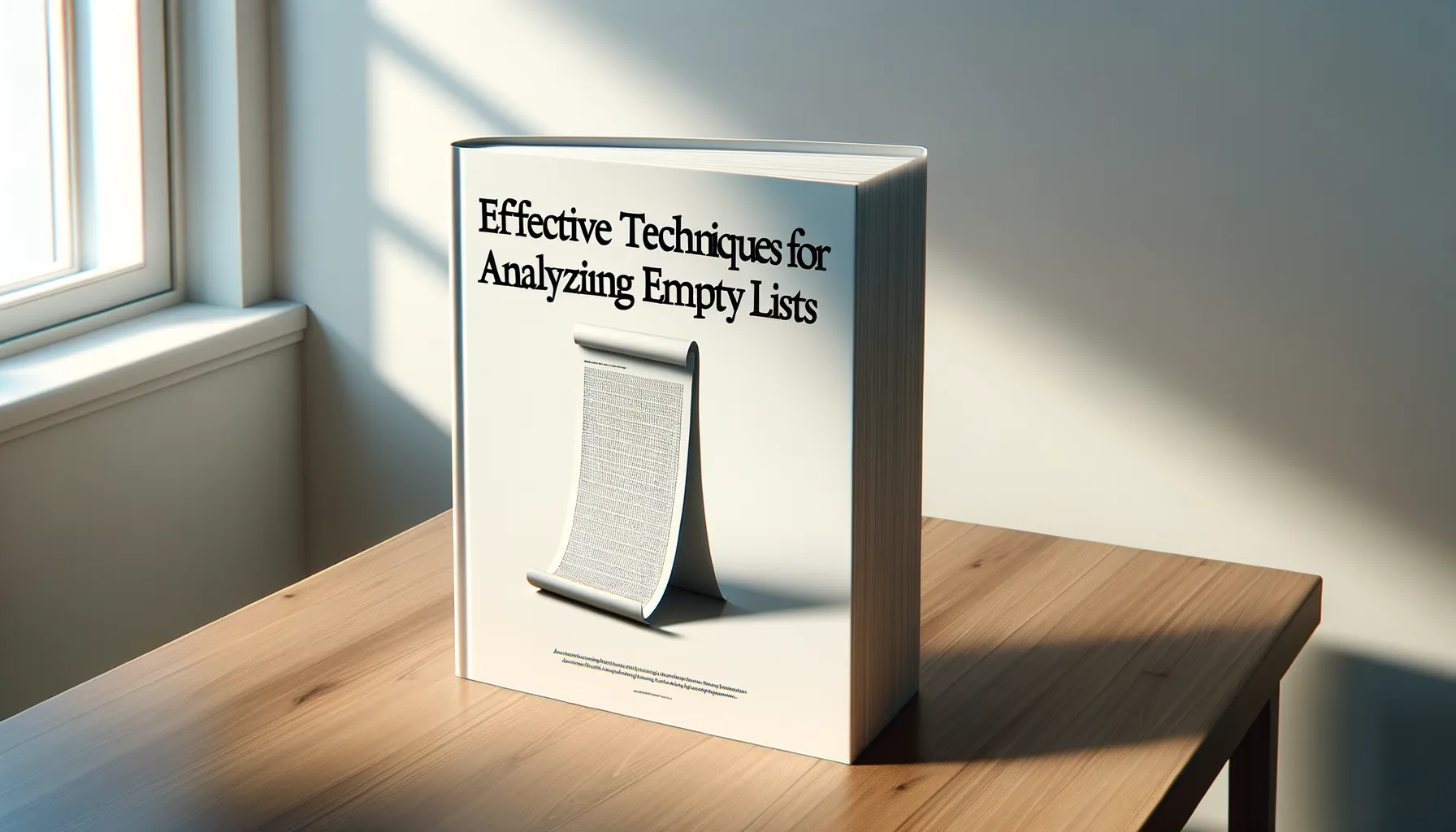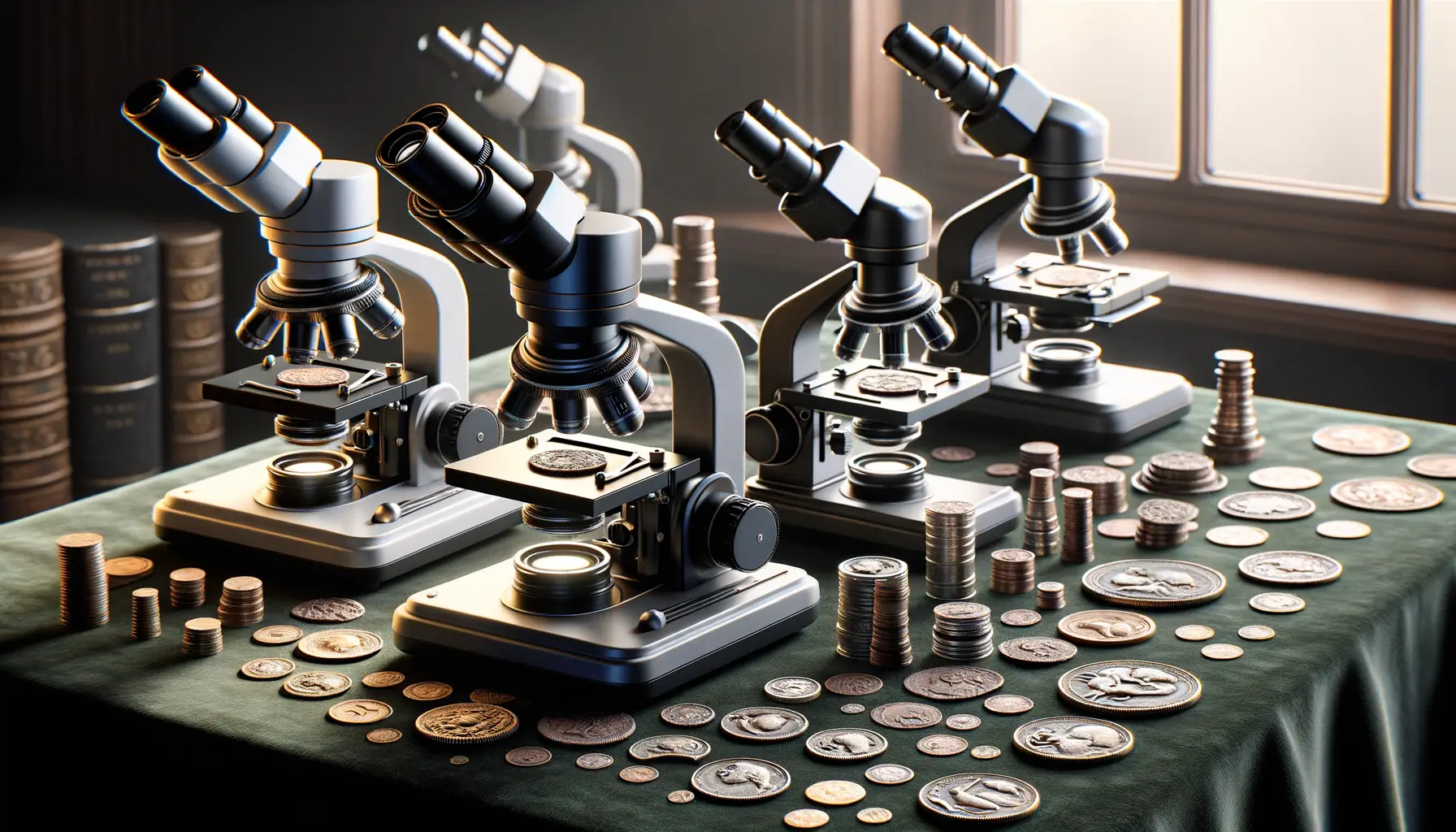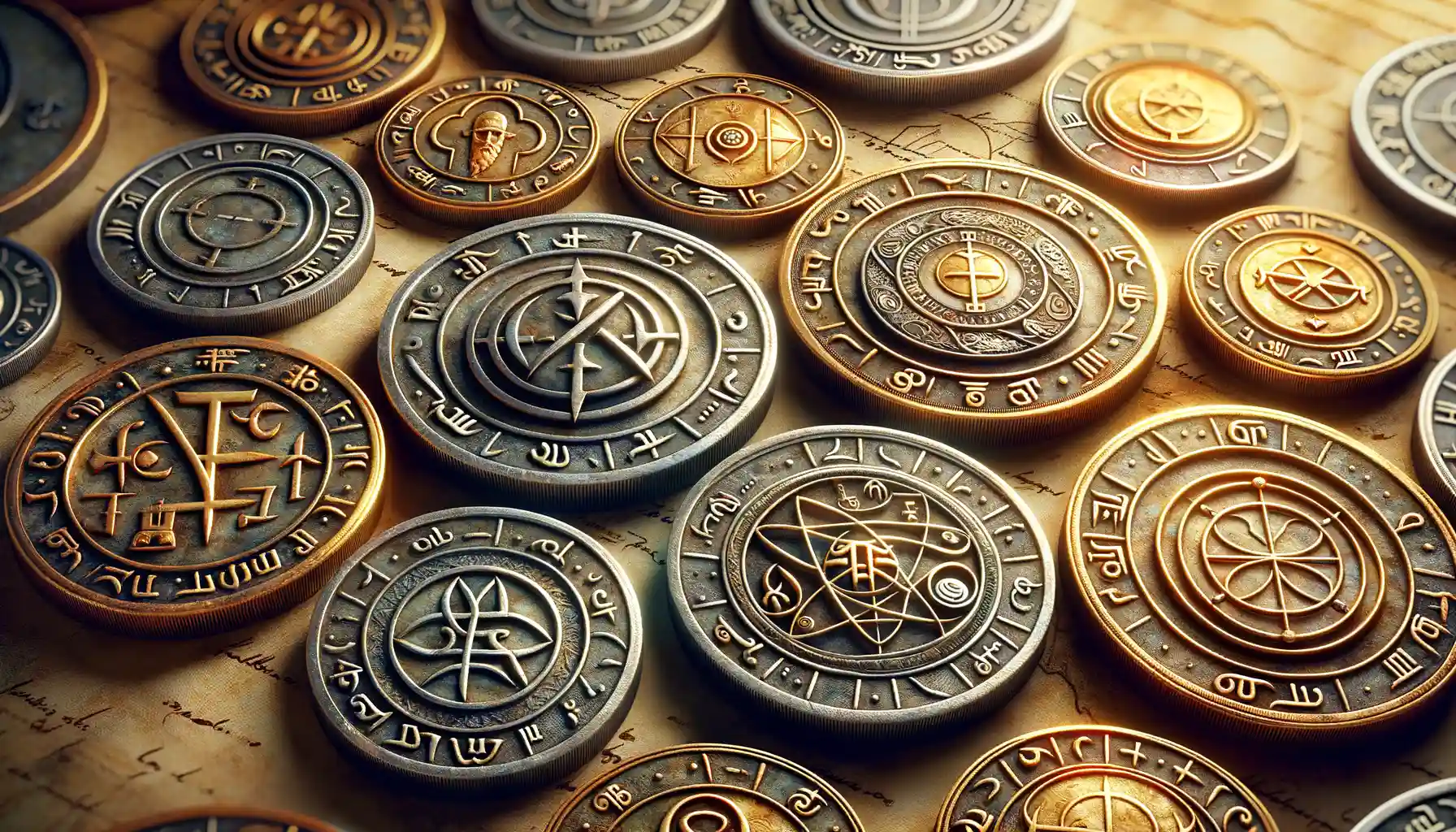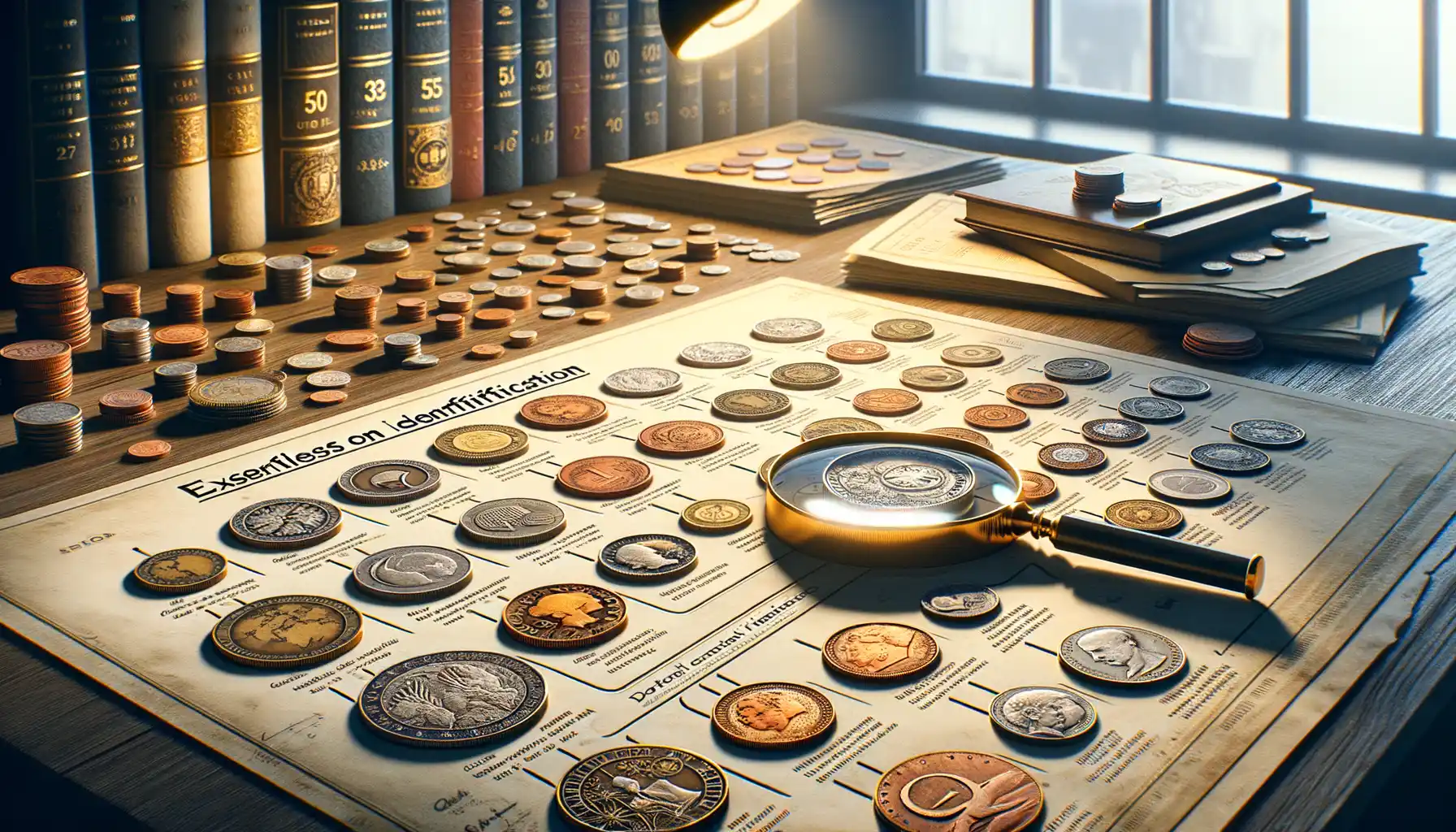Introduction to Error Coin Collecting
Why Error Coins Are a Collector’s Dream
Imagine holding a piece of history that isn’t just rare but completely unique. That’s the magic of collecting error coins. These little treasures may not be perfect by mint standards, but they’re works of art for collectors. A misaligned die, a missing inscription, or even an accidental double stamp can turn an ordinary Euro into something truly extraordinary. Each error tells a story—a little hiccup in the flawless process of coin production.
Error coins are like hidden Easter eggs hiding in plain sight. For instance, have you ever noticed a coin’s edge not matching its design? Or maybe a €2 coin with a blurry or doubled image? These quirky imperfections aren’t just eye-catching; they’re highly sought after by collectors across the globe.
- Die errors: Think of it as a painter using a faulty brush—stamps might shift, overpress, or double.
- Planchet flaws: Missing layers, odd shapes, or cracks make these coins instantly stand out.
- Mintmark mistakes: Regional mints don’t always get it right, which can send collectors into a frenzy!
Dive into this quirky hobby, and you’ll find yourself seeing coins not just as currency but as captivating pieces of imperfect perfection.
Common Types of Eurozone Error Coins
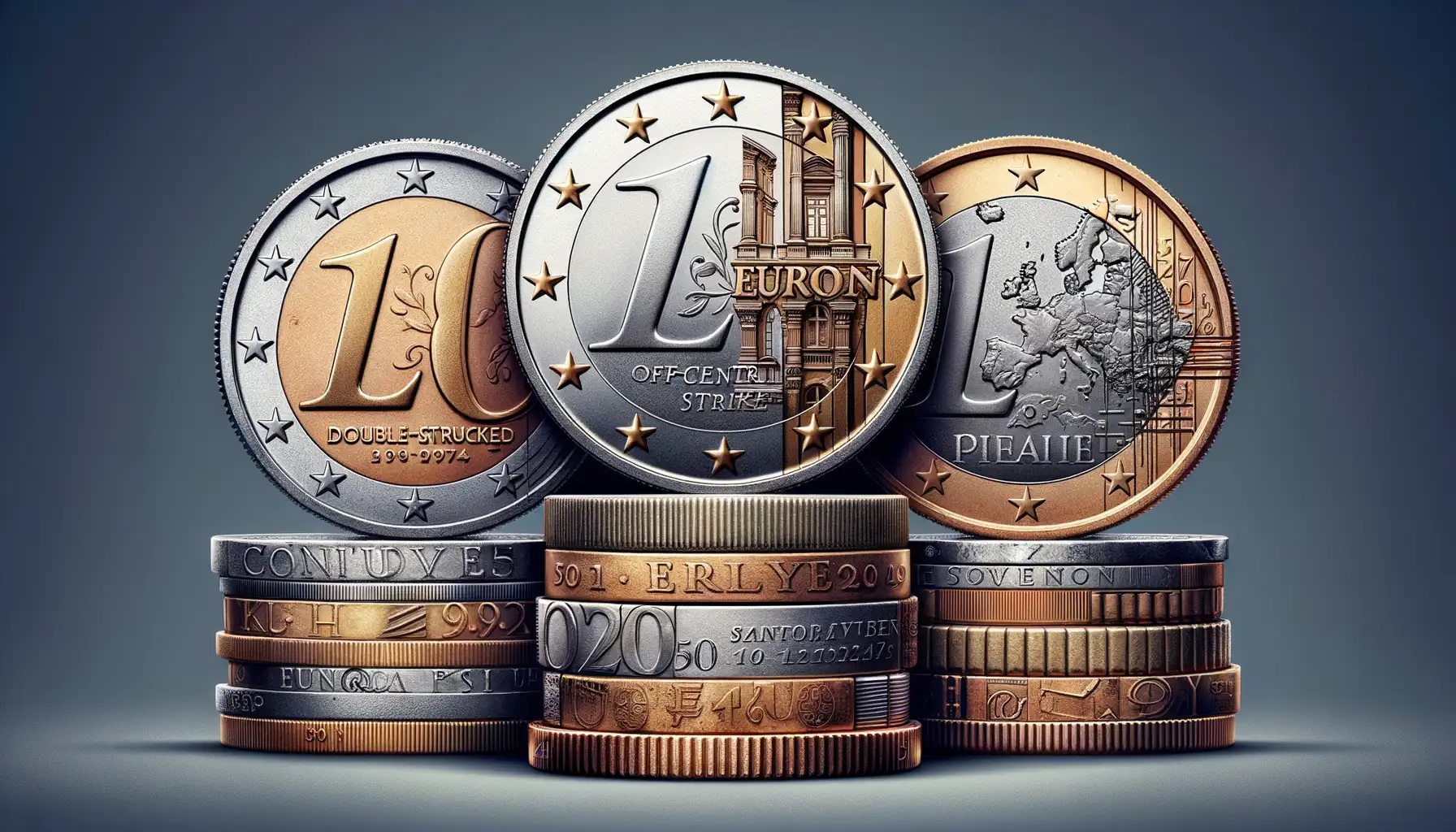
The Oddities Hidden in Your Pocket Change
Have you ever held a coin in your hand, glanced at it, and thought, “Something’s… off?” Congratulations—you might have stumbled upon an error coin! Eurozone error coins are like little rebels of the minting world, each with a story to tell.
One of the most common culprits is the misaligned die. Imagine this: instead of a crisp, perfectly centered design, you see part of the image awkwardly shifted or even cut off. It’s as if someone printing a poster forgot to adjust the margins! Another favorite among collectors is the double-strike. These coins look like they couldn’t sit still during the minting process, with designs “ghosted” or overlapping.
Some errors are more dramatic, like blank planchets—coins that skipped the design stage altogether. And let’s not forget the cheeky wrong metal errors, where a coin ends up stamped on an incorrect material. Suddenly, your €2 coin might look more like a shiny anomaly from another planet.
- Off-center strikes: Designs that drift onto the edge.
- Clipped planchets: Coins with a chunk missing.
- Edge lettering mistakes: The text can appear upside-down, backwards, or jumbled.
Each error whispers a unique tale of chaos at the mint. Spotting one feels like uncovering a secret treasure hidden in plain sight!
How to Identify Valuable Error Coins
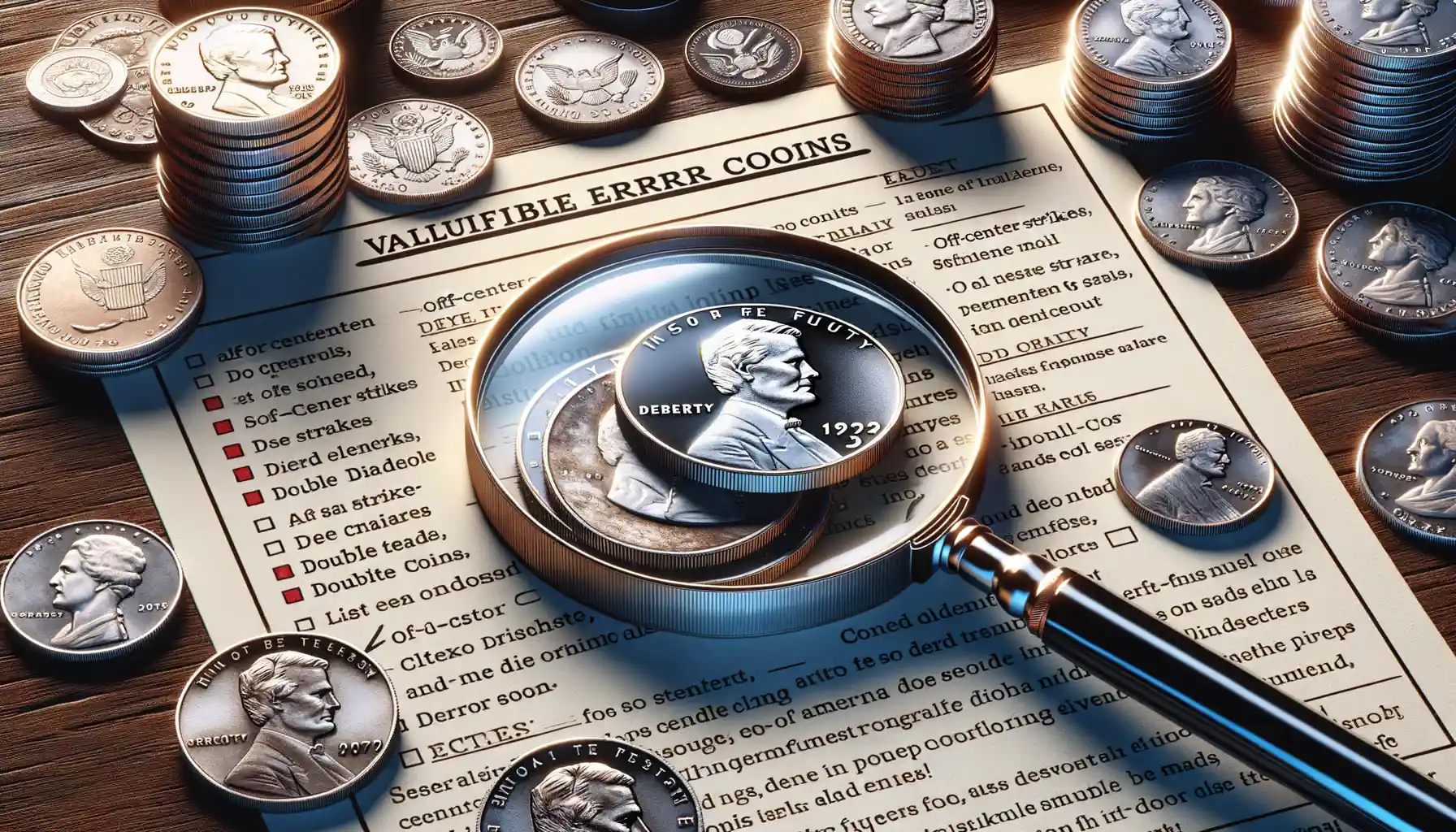
Spotting Hidden Gems in Your Collection
Error coins are like treasure maps, but without the X. They hide their secrets in plain sight, waiting for the keen-eyed collector to uncover them. So, how do you sift the gold nuggets from the gravel? Start by examining your coins under a decent light—natural daylight is a solid choice—or invest in a magnifying glass with at least 10x magnification. Trust me, those fine details matter when it comes to value!
Look closely at your coin’s edges, inscriptions, and design elements. Common clues for valuable errors include:
- Off-center strikes: Coins where the design is visibly shifted can fetch big prices if enough of the design details remain intact.
- Die cracks: These jagged lines running across the coin’s surface can be surprisingly lucrative, especially when they form dramatic patterns.
- Double die errors: Think of it as a coin with a stutter—letters or numbers appear doubled, creating a fascinating effect for collectors.
- Edge lettering mistakes: Missing or upside-down engravings on the rim are a standout feature to watch for.
The Devil Is in the Details
Here’s a pro tip: always have a reference guide handy. Coins struck in smaller mintages or specific years—like missing stars on 2007 Finnish euro cents—might soar in value simply because they’re rare. If you’re unsure, weigh and measure the coin. Deviations in size or weight can expose hidden minting mistakes. Sometimes even a slightly different hue on the metal hints at a composition error—a detail that’s easy to miss but incredibly rewarding when spotted.
Above all, trust your instincts and curiosity. That tiny imperfection you almost dismissed? It could be worth far more than meets the eye.
Tips for Building an Error Coin Collection
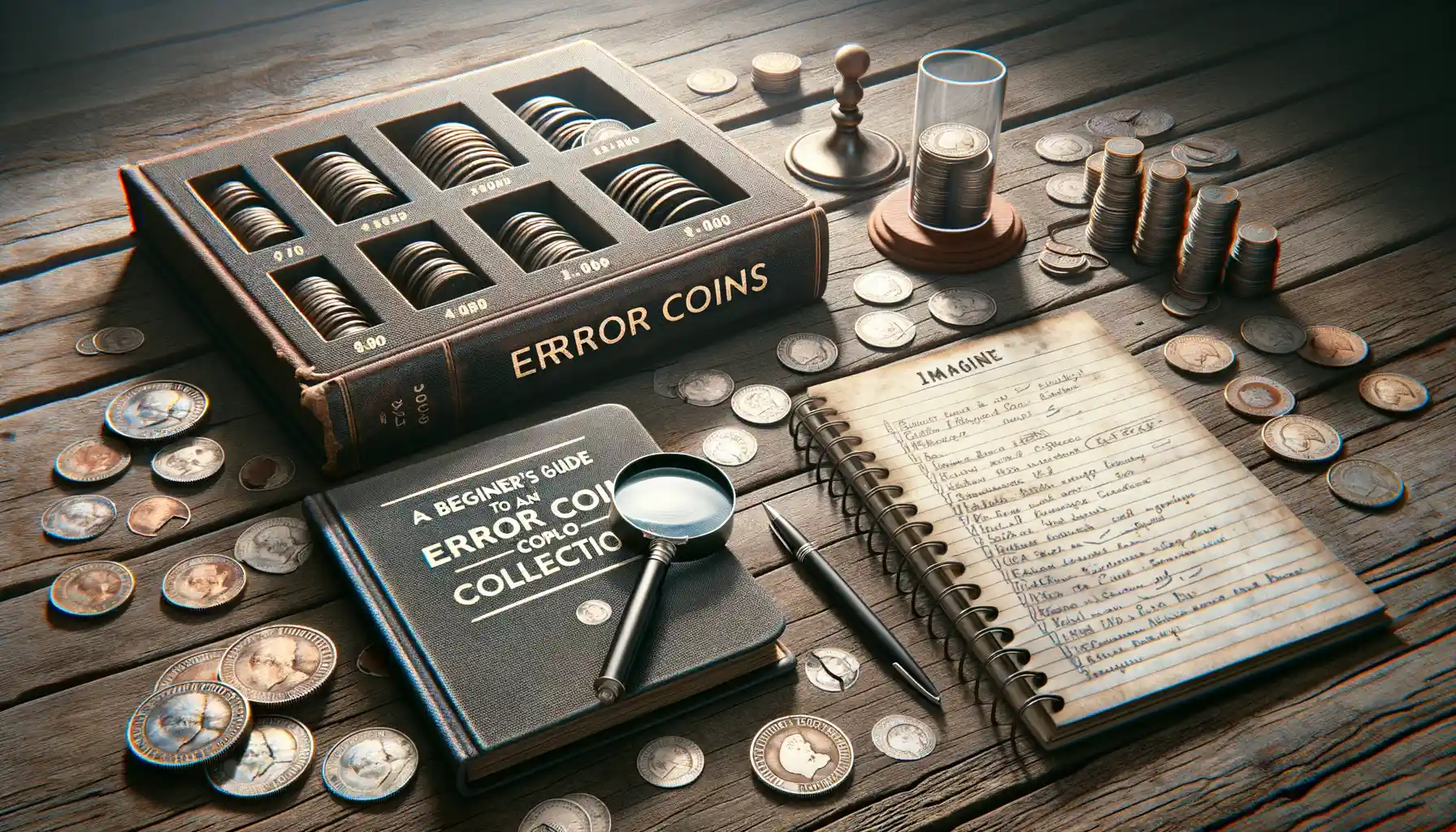
Starting Your Error Coin Adventure
Building an error coin collection is like embarking on a treasure hunt where every find tells a story. Ready to dive in? Start small, and let curiosity guide you. Visit local coin shops or fairs—dealers often have bins of “oddities” that could be hiding a piece of gold (well, metaphorically speaking). Don’t overlook everyday pocket change either; some of the most fascinating errors, like a misaligned die or double strike, could be jingling in your hands right now.
A practical tip? Keep a magnifying glass on hand—it’s a game changer. Spotting those tiny minting errors, like clashed dies or missing details, is much easier when you can zoom into every crevice of a coin. And if you’re just starting out, focus on one error type first. Maybe it’s coins with off-center strikes, or perhaps you’d prefer coins with missing edge lettering. Specializing can help you build expertise and confidence.
Tools and Strategies for Smart Collecting
When organizing your finds, treat your error coins like delicate works of art because, well, they are! Here are a few smart strategies to stay on top of your growing collection:
- Invest in quality storage tools. Coin capsules or acid-free flips protect your gems from scratches and tarnishing.
- Create a catalog. Whether digital or handwritten, documenting each coin’s error, origin, and value keeps everything neat and adds a personal touch.
- Join collector communities. Online forums and local groups are treasure troves of knowledge and inspiration. Plus, you might stumble upon someone willing to trade!
Every glimpse at your collection should spark joy and fascination—so take your time, stay curious, and remember that every coin, no matter how small the error, has its own quirky charm.
Resources and Tools for Collectors
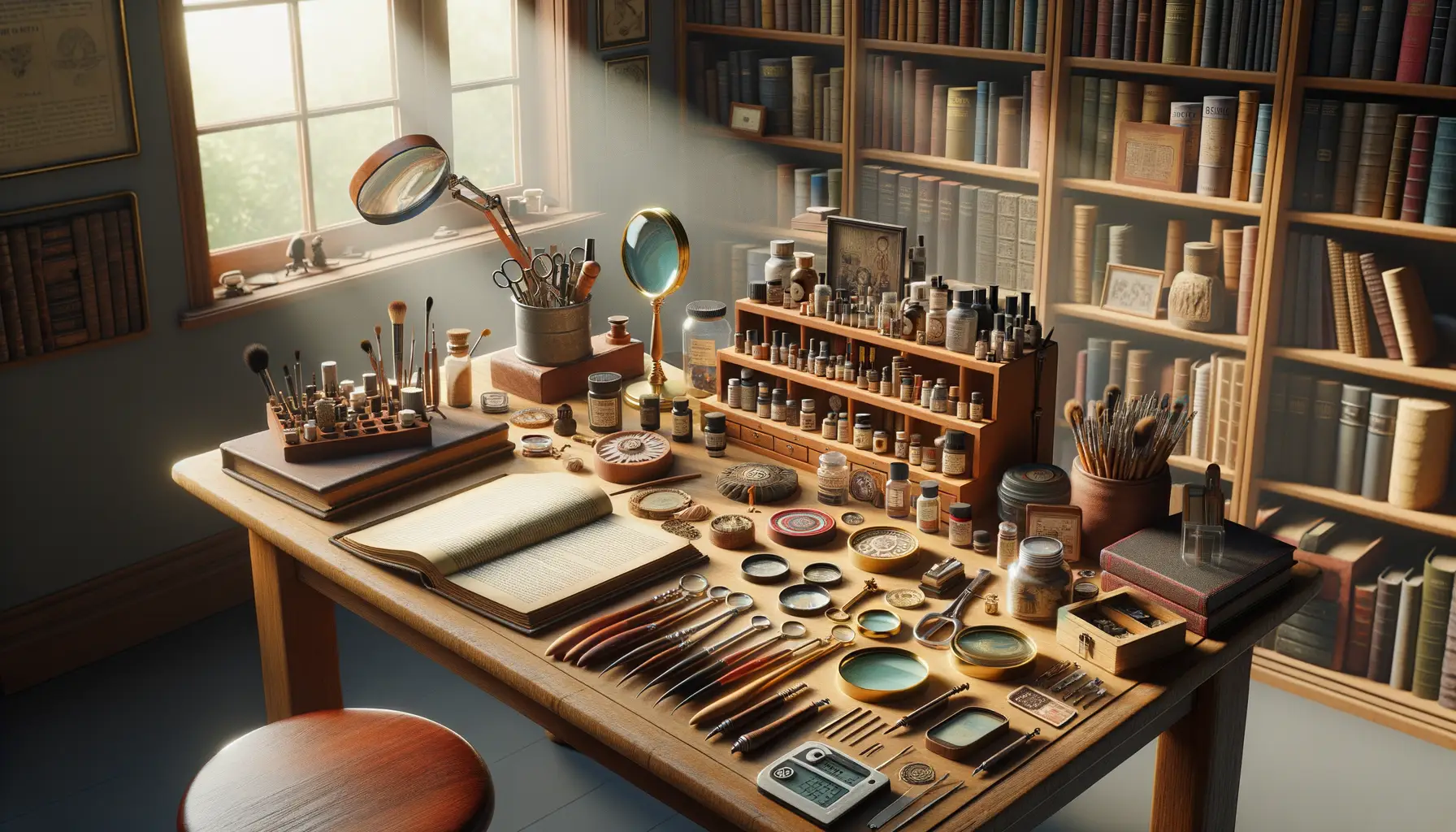
Must-Have Tools for Every Error Coin Hunter
Imagine embarking on a treasure hunt without a map or a torch. That’s what it’s like collecting error coins without the right tools! To truly unlock the hidden gems in your collection, you’ll need some essential gear:
- Magnifying Glass or Digital Microscope: Catch even the tiniest cracks, doubling errors, or missing details that could make your coin a jackpot piece.
- Scale and Calipers: Weight and dimensions matter! A slight deviation from the norm can signal a rare minting mistake.
- Protective Cases: Keep your discoveries safe from scratches, tarnish, or even accidental drops while showcasing their beauty.
Trust me, these tools can transform you from a casual coin glancer into a trained investigator of minting mysteries.
Top Online Spots to Supercharge Your Skills
This isn’t just about staring at coins—it’s about diving into a world of knowledge! Bookmark these go-to resources:
- Error Coin Forums: Join vibrant communities like Euro Coins Talk to connect with seasoned collectors for advice and to share discoveries.
- Online Databases: Platforms like Numista or CoinsWeekly offer detailed catalogs to compare your finds with known errors.
- Educational Videos: YouTube channels like “The Coin Explorer” break down how to spot elusive errors with step-by-step visuals.
Every collector needs a guide, and these tools and spaces are your compass. Let’s find those missing stars and off-center strikes together!

